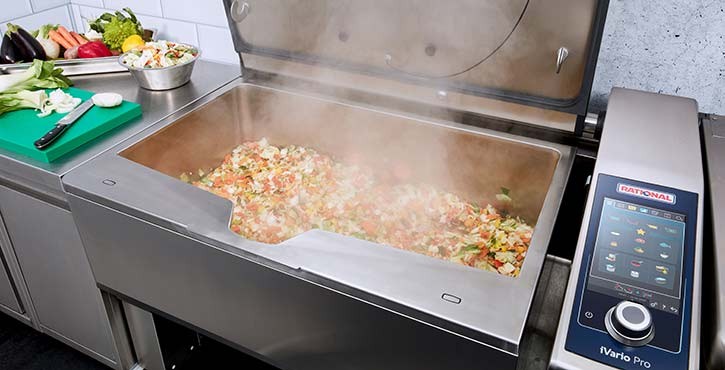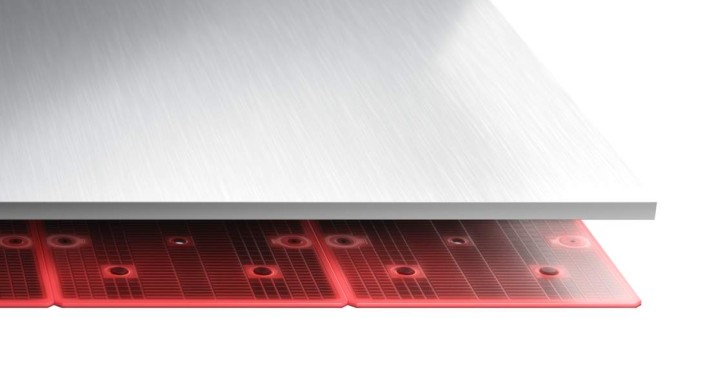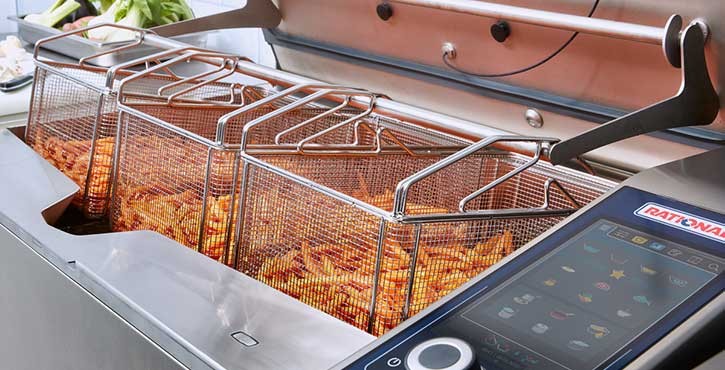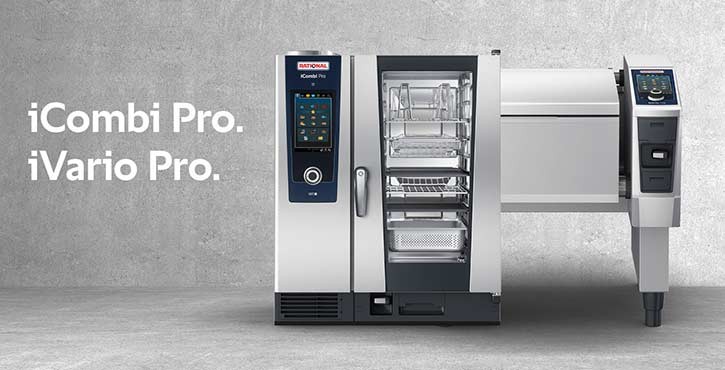Will the energy crisis remain a permanent guest in restaurants? Like many other industries around the world, the catering segment is undergoing a transformation. High energy prices are ubiquitous, diners' expectations are lofty, and competition (in the form of supermarkets or restaurant lunch specials) is just a block away. What's the answer? Do things differently.
Nowadays, investments in commercial kitchens need to have a clear objective: each purchase must constitute an efficient, cost-effective and sustainable alternative to the status quo. The days of random experimentation are over. Now more than ever, the emphasis is on economic efficiency. Among other things, that means saving space, labor hours, raw materials, electricity, and water. And, of course, money. But how? With innovative appliances that are easy for anyone to use. Appliances that combine as many functions of as many kitchen appliances as possible, respond to today's challenges with modern technology, and reduce workloads.

Frying, boiling, blanching, deep-frying, and pressure cooking all have to work perfectly, even overnight in some cases. All those tasks typically require a whole lot of appliances and thus a whole lot of energy. It's no wonder that cooking processes are responsible for the lion's share of energy consumption in the hospitality industry.
After all, efficiency is particularly difficult to control with conventional tilting fryers, cauldrons, and deep-fat fryers. Long preheating times, imprecise temperature management, high energy consumption rates, and intensive cleaning processes all make working in commercial kitchens difficult. But as RATIONAL's iVario demonstrates, there's another way to do things.
The iVario combines the features of numerous conventional kitchen appliances, which means it can replace them. The result: a cooking system that can boil, pan-fry, and deep-fry up to four times faster than conventional cooking equipment, using up to 40% less energy. All without having to compromise on food quality—and it even allows users to produce more food in shorter periods while using less energy. Essentially, the iVario is like a tilting fryer that's been expanded to include a cauldron, a deep-fat fryer, and a pressure cooker.

Preparing 600 meals per day means having the tilt skillet, kettle, and deep fryer working at full blast. Now the clock's ticking—the restaurant's success depends on maximum productivity. With conventional kitchen technology, the kitchen's electricity meters will be running at top speed as well. But given today's rising energy prices, that's simply not an option. The iVario Pro's L and XL models, on the other hand, promise up to four times more productivity while using up to 40% less energy. Why? It's all thanks to modern iVarioBoost heating technology, which allows precise temperature management.
Thanks to iVarioBoost, the pan base heats up quickly, and sensors in the pan base reduce the energy input once they detect that the correct temperature has been reached. Besides saving energy, this also ensures that nothing burns or boils over. And quick preheating, clean working, and precise regulation have another benefit, too: you save a lot of working time that would otherwise be wasted on cleaning and maintenance of conventional kitchen appliances.

Production processes in commercial catering don't allow for mistakes. Customers' expectations are high, and the competition may be just a block away. Fulfilling those high expectations means providing uniform food quality and plenty of variety. Monitoring production processes continuously is key to avoiding mistakes (and negative reviews). To guarantee standardized food quality, everything has to run like clockwork—even when skilled workers are in short supply.
Intelligent cooking systems provide the solution: the iVario monitors food preparation and supports the production process to an unprecedented extent.
In short, those who not only accept the hospitality industry's transformation but want to help shape it will need to forge new paths – for example, by relying on modern kitchen technology that reduces workloads, saves time and money, and ensures consistently high output.

Experience energy savings live.